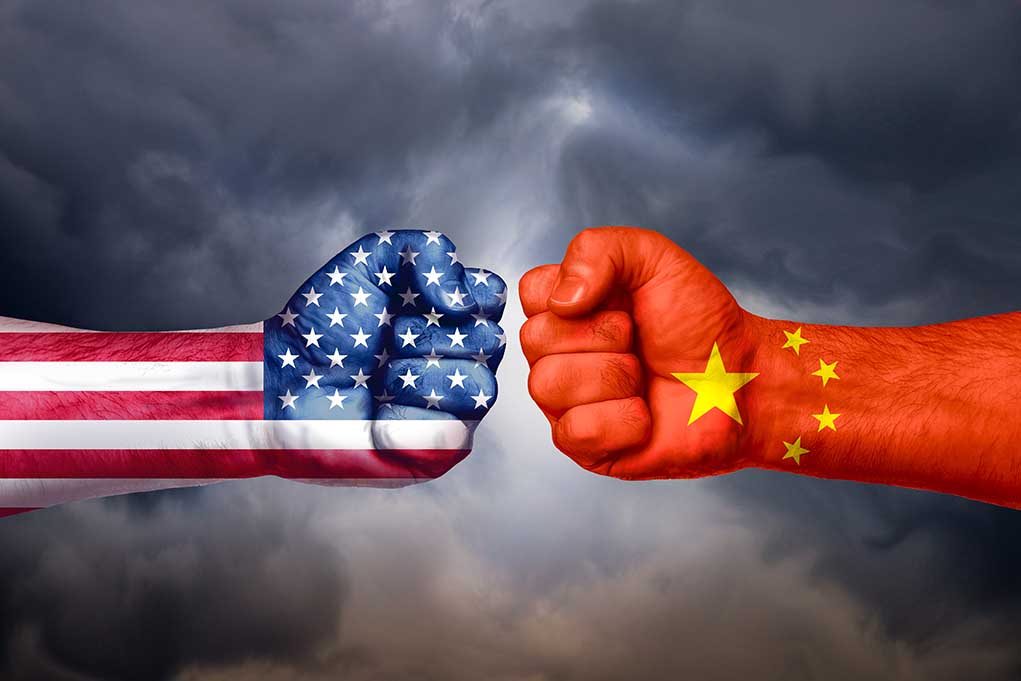
The heart of Shenzhen’s electronic commerce, Huaqiangbei, is grappling with a crisis due to U.S. tariffs imposed during the Trump administration, but its survival remains uncertain.
Key Takeaways
- Huaqiangbei’s chip market faces rapid decline due to U.S. tariffs affecting Chinese semiconductor traders.
- Prices for crucial CPUs have surged by up to 40%, leading to plummeting orders and economic strain.
- A cumulative 156% U.S. tariff and China’s retaliatory measures pose significant challenges.
- E-commerce platforms and micro-shipment businesses are particularly vulnerable.
- China may rely on cost-efficient production, government aid, and alternative markets to withstand the tariffs.
Severe Impact on Huaqiangbei’s Chip Traders
Huaqiangbei, recognized as one of the world’s largest electronics markets, is feeling the strain. Key vendors report a slump in chip orders following tariff hikes. A distributor, speaking anonymously, stated, “Orders have plunged since last week.”
Huaqiangbei’s internal activity mirrors the dire situation despite bustling exterior streets. Demand for chips has waned amid intense cost inflation. Most components in this district are sourced from the U.S., making them susceptible to trade tensions.
Consequences of Tariff War
In response to U.S. tariffs, China retaliated, elevating the stakes of the trade standoff. The Washington Post highlighted a 145 percent tariff’s detrimental effect on China’s e-commerce, affecting transactions with U.S. customers.
The tariffs, at a staggering 156%, have drastically affected Huaqiangbei’s business model, leading distributors to fret over sustainability. Chinese brands like Shein may face operational issues due to changes in small order tariffs starting May 2.
Response and Future Prospects
Despite the adverse effects, some analysts propose alternatives. Chinese manufacturers might adapt due to cost advantages, while government subsidies could alleviate economic pressure. Digital platforms might serve as substitute channels for sales.
The uncertainty looms as e-commerce players contemplate non-U.S. markets, although the American market’s purchasing power remains unmatched. The industry’s resilience and adaptability will determine how Shenzhen’s renowned market navigates this economic turmoil.
A tiny company just made a $2,000 smartphone almost entirely in the US. They solder chips by hand in California, build their own boards, even write the OS.
it's slow, expensive, and kinda clunky.
but it shows this: if China tariffs stick, America can rebuild tech manufacturing.… pic.twitter.com/ndhQqGzRmd
— Shashank | 𝔽rAI (@0xshai) April 11, 2025
Sources:
- Hit by Trump’s tariffs, China’s chip traders decry ‘no point in working’ as orders tank
- Trump tariffs live updates: Trump touts trade talk progress, says ‘going to make a deal’ with China
- China Chip Traders Grumble that Trump Tariffs Sent Orders Plummeting











